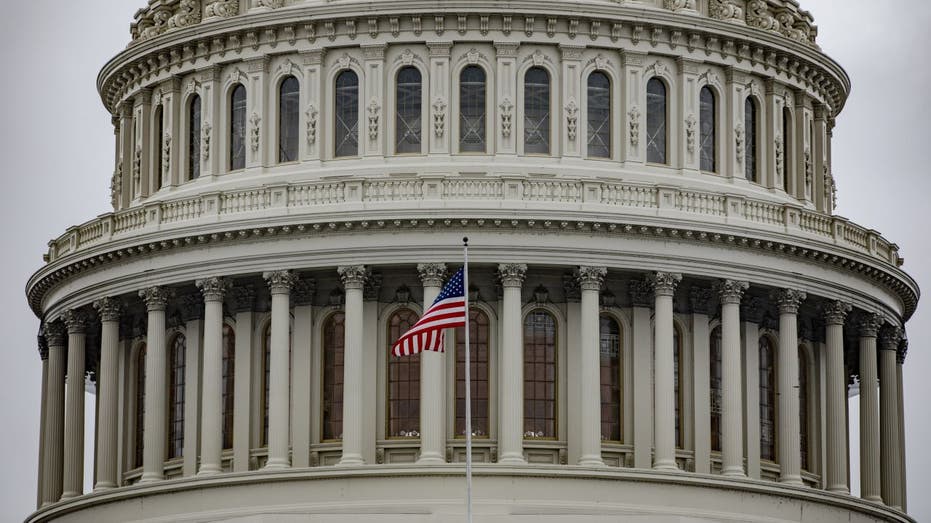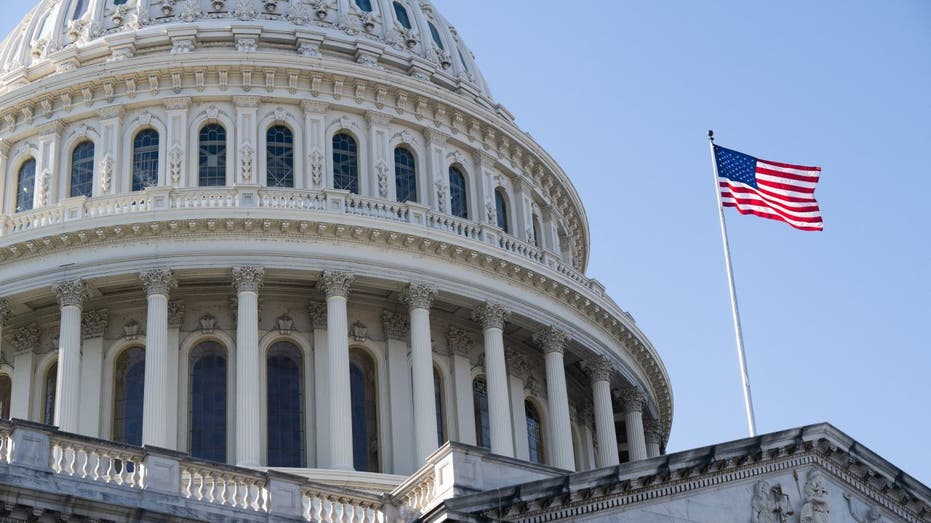
Jason Katz, UBS managing director and senior portfolio manager, analyzes the stock market after Moody’s credit rating downgrade on “Varney & Co.”
Moody’s Ratings on Friday announced a downgrade of the U.S. government’s credit rating, moving it down a notch from the ratings agency’s top tier amid concerns about the rising national debt, which could have implications for the larger market.
Credit ratings are used by analysts to determine the creditworthiness of debt issued by a government or a corporation. Higher credit ratings at or near the top of the rating scale are viewed as less of a default risk than those at the lower end of the scale.
When ratings agencies downgrade the credit rating of a country or company, it can serve as a signal to the market that the debt is riskier, which can result in higher interest rates to compensate for the additional risk. In the case of the federal government, it means more spending on interest costs incurred from the national debt.
The firm said the downgrade “reflects the increase over more than a decade in government debt and interest payment ratios to levels that are significantly higher than similarly rated sovereigns.”
“Successive U.S. administrations and Congress have failed to agree on measures to reverse the trend of large annual fiscal deficits and growing interest costs,” the firm explained. “We do not believe that material multi-year reductions in mandatory spending and deficits will result from current fiscal proposals under consideration.”
MOODY’S DOWNGRADES US CREDIT RATING OVER RISING DEBT

The U.S. credit rating has been downgraded by all three major ratings agencies since 2011. (Samuel Corum/Getty Images)
Moody’s downgrade of the U.S. credit rating from Aaa to Aa1 on its 21-notch scale was announced after the market closed on Friday, May 16. During Monday’s trading session, the yield on the benchmark 10-year Treasury bond peaked at 4.56% before declining to about 4.45%. Yields on the 10-year started the year above 4.5%, were around 4.3% for much of March and April before rising this month.
The 10-year is used as a benchmark for other interest rates, including mortgages and corporate bond yields.
TREASURY SECRETARY BESSENT DISMISSES MOODY’S US CREDIT DOWNGRADE AS ‘LAGGING INDICATOR’

Congress is considering a tax package that could widen the deficit in the years ahead. (SAUL LOEB/AFP via Getty Images)
In March, Moody’s warned that the growth of the national debt was becoming unsustainable and put the U.S. at elevated risk of a downgrade. It wrote that, “Even in a very positive and low probability economic and financial scenario, debt affordability remains materially weaker than for other AAA-rated and highly rated sovereigns.”
The firm noted that the cost of interest payments on the debt were projected to rise from 9% of federal revenue to 30% of revenue by 2035. It added that while the importance of the U.S. Treasury market and the U.S. dollar as a world reserve currency helped support the AAA rating, it also saw “diminished prospects that these strengths will continue to offset widening fiscal deficits and declining debt affordability.”
The downgrade by Moody’s makes it the third of the three major rating agencies to cut the U.S. credit rating from the top tier.
US GOVERNMENT’S FISCAL STRENGTH DETERIORATING, MOODY’S WARNS

Treasury Secretary Scott Bessent dismissed the Moody’s downgrade as a “lagging indicator.” (Andrew Harnik/Getty Images)
In August 2023, Fitch Ratings downgraded the U.S. one notch from its highest rating of “AAA” to “AA+” and cited an “erosion of governance” that has led to repeated standoffs over the federal debt limit.
Fitch said federal deficits widening and exacerbating an already large national debt, as well as looming fiscal challenges posed by rising spending on Social Security and Medicare, contributed to the move. It also said at the time it projected a mild recession in late 2023 and early 2024, though the U.S. economy ultimately didn’t slip into recession in that period.
The first U.S. debt downgrade occurred in 2011 amid an impasse in Congress during a debate over spending cuts and the debt limit, as Standard and Poor’s (S&P) cut the credit rating from “AAA” to “AA+” over fiscal concerns.
GET FOX BUSINESS ON THE GO BY CLICKING HERE
S&P said the “prolonged controversy over raising the statutory debt ceiling and the related fiscal policy debate” indicated that it was unlikely Congress would curtail the growth in federal spending or stabilize the federal government’s debt burden.
 Latest Breaking News Online News Portal
Latest Breaking News Online News Portal





